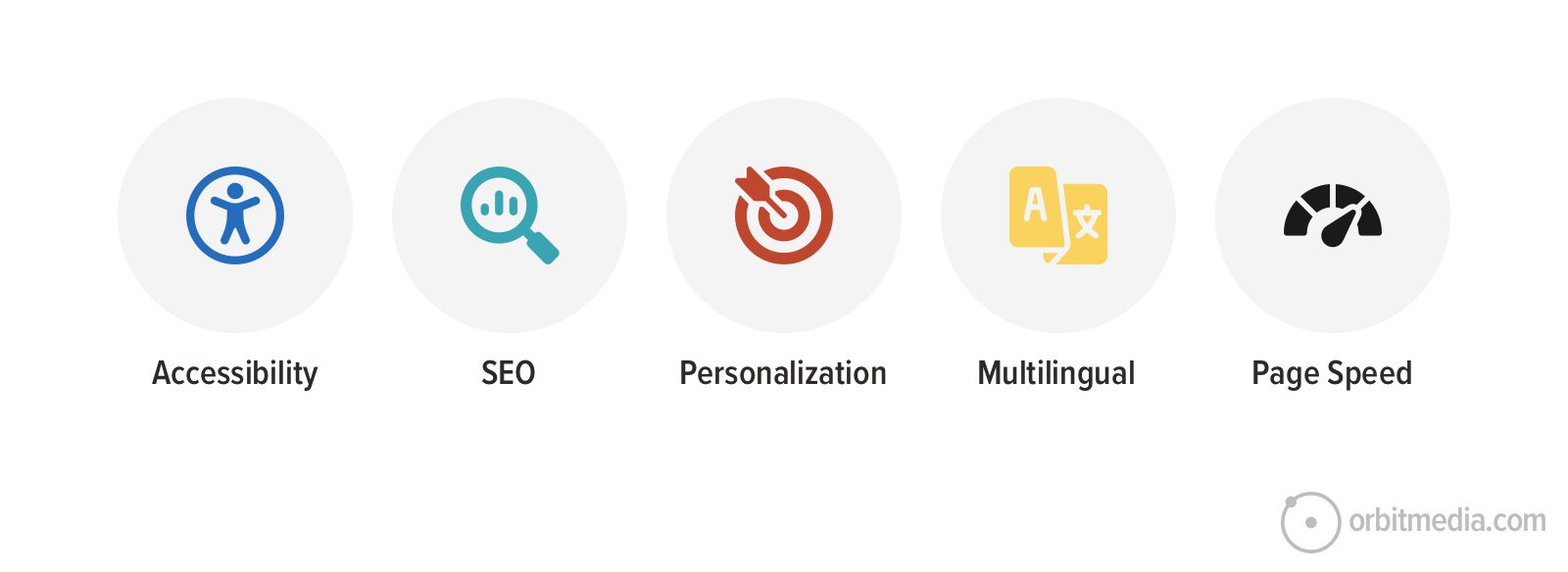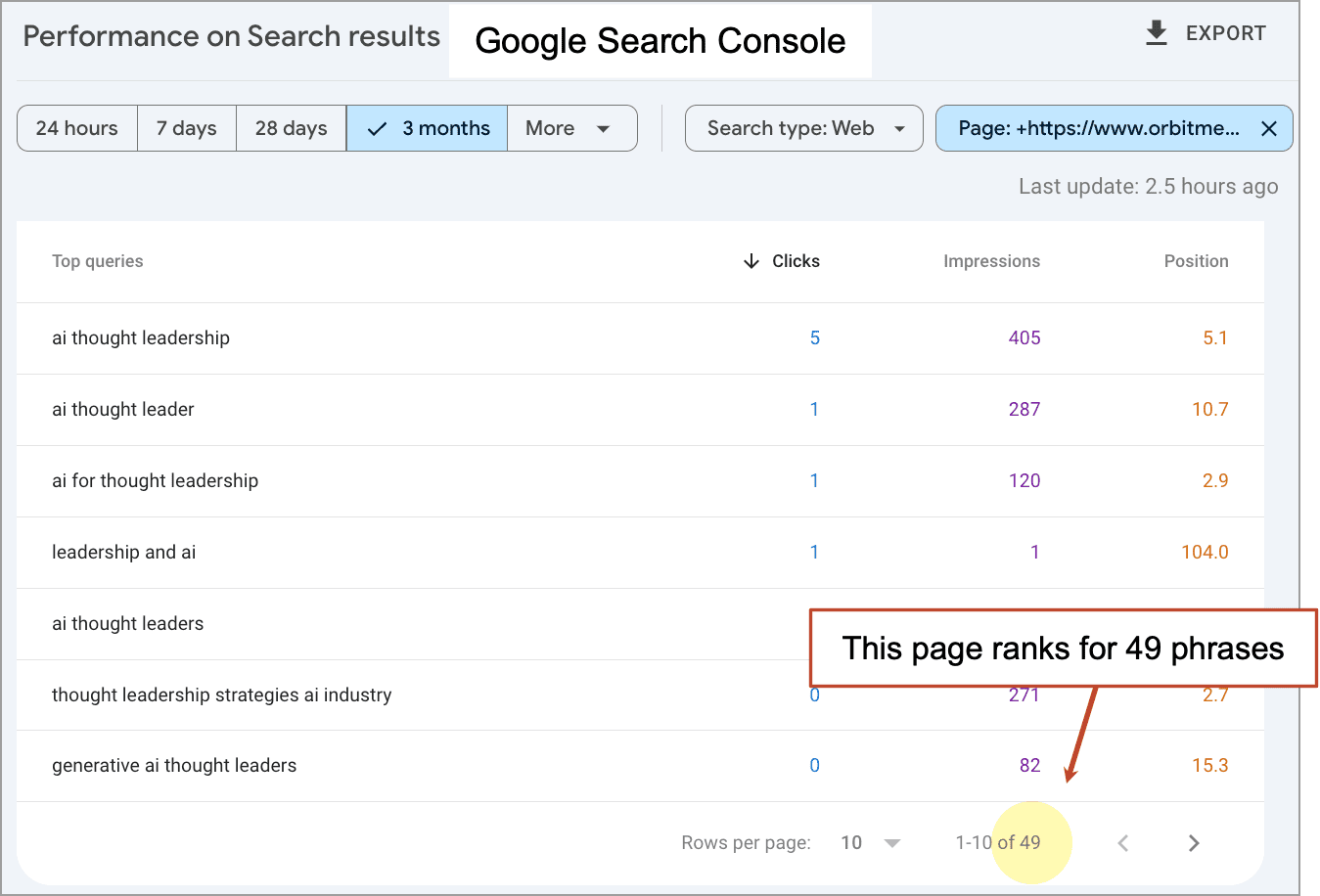Five Ways to Protect Your Privacy When Using Smart Home Tech
All those nifty smart devices that make your house more functional and comfortable also make your privacy way worse. Here’s how to protect yourself.

We may earn a commission from links on this page.
We might not live in a Jetsons-like future with robot maids and flying cars, but we do have the technology to transform our standard houses into futuristic smart homes. There are some very compelling reasons to do that, including having more control over your environment, increased automation for repeated tasks, and even improved security.
But smart homes—and the devices that comprise them—have one enormous downside: privacy. Smart home devices work by allowing access over a network, and as a result, every single smart device in your home, from the lock on your door to the light bulbs in your fixtures, is a potential weak spot in your battle for privacy. And it’s not just hackers looking to steal your banking details—often the manufacturers of those smart devices are the worst offenders, hoovering up every scrap of data you leave lying around so they can sell your data to someone else.
Having the smart home experience without the privacy nightmare isn’t impossible, however. You just need to take a few proactive steps.
Think twice
First, it has to be said: The easiest way to avoid privacy issues in a smart home is to not have a smart home at all. There’s no way to guarantee your smart devices won’t erode your privacy, no matter what you do, so the simplest solution is to simply keep your house dumb.
A less extreme approach is to think about what smart features you actually need. Instead of simply installing every single device available, focus on the smart features that will actually benefit you and your family’s lifestyle. For example, will light bulbs that change hue and temperature throughout the day make a real difference in your life? If the answer isn’t an emphatic yes, you can limit your privacy exposure simply by not installing smart light bulbs.
Shop smart
If you decide there are smart devices that you can get a real benefit from, the next step is to be careful about the specific devices you buy. This involves doing the research to choose the best options for each category—and it also means you shouldn’t cheap out and buy crappy devices at knock-off prices. Sure, those cheap products might do the basic job for you (for a while), but they will undoubtedly be the worst option in terms of privacy and security. (The low cost is likely subsidized by the amount of data you're giving away to these companies.) If you’re concerned about your personal data being splashed all over the world, resign yourself to paying a little more.
If you're in the market for a new smart vacuum, for example, you can check out our buying guide to see options based on firsthand testing. If it's smart light bulbs you're in the market for, check out Lifehacker sister site PCMag's buying guide.
Secure everything
There are two components to a smart home—the devices, and the network. Make sure both are as secure as possible:
Change your router settings: Don’t keep the factory default SSID (the wifi network name) or default password in place (and please use a strong password). Then set up strong encryption—WPA3 if you can, WPA2 if that’s your only option (but if you have privacy concerns, upgrading to a router that offers WPA3 would be best).
Separate networks: Your router almost certainly allows you to create a “guest” network that is separate from your main network. Use this option for your smart devices—this will allow them to operate as expected, but since they won’t be connected to the same network as, say, your laptop or phone, the chances of a privacy breach are lower.
Separate passwords and 2FA. Each smart device is probably controlled by an app of some sort, and each one might have its own password and security settings. Don’t use the same password for each one, and definitely set up two-factor authentication (2FA) if it’s available. This adds an extra hurdle to accessing your devices, but it will help keep your data secure.
Check the settings
Even if your network is tight as a drum, the specific devices you’re installing each have their own settings, and many of those settings have to do with your privacy. You should familiarize yourself with the settings on each device—look for phrases around “data,” a wonderfully vague term that could mean just about anything, and “personalization,” especially in the context of advertising. Setting those to the most restrictive option will help protect your privacy as much as possible.
For example, if you have a Google Nest smart speaker, you can access the privacy settings through the Google Home app. Go to Settings > Privacy > Your Data in the Assistant, then choose Personalized ads and turn the setting off. While you’re in there, you might also want to turn off Audio recordings, a setting which allows Google to save the things you say to your devices.
It pays to roam around the settings, as well. Let’s say you have an ecobee smart thermostat to make your home smart about climate control. There’s one feature that might catch your eye: Smart Home/Away. This tracks whether you’re in the house or not, changing the temperature accordingly—but it requires tracking your phone’s location to work. If you’d rather not be tracked, it’s a good idea to hit Settings > eco+ menu and make sure this is disabled.
You should take a similar approach to the features offered by each device—if you don’t need it, disable it, if you can. For example, if your device can accept voice commands but you prefer not to shout at inanimate objects in your home, you’re better off just disabling that feature. That way, you don’t have to worry about accidentally leaking private info because your device is patiently listening to everything you say.
Keep things updated
Hackers are constantly probing the security limitations in smart devices and discovering innovative ways to gain access and control. Reputable manufacturers will work to update the software and firmware in these devices to keep them secure—but getting those updates isn’t always automatic.
If your smart home device has a setting around receiving automatic updates, it’s a good idea to allow it. But you should still routinely check that it is, in fact, updating, and check for firmware updates while you’re at it, which sometimes involve more than just a download. The more on top of updates you are, the better your privacy will be.
Updates will depend on the device in question, but you'll likely be able to find them in the smart device's app (or the hub app). Some will update automatically—if you have an August Home Smart Lock on your front door, for example,you’ll occasionally receive a notification that a firmware update is available when your phone connects to the lock via Bluetooth. You have the option to postpone the update by walking away, but you should always do it right away. (It only takes a few minutes.)
Sometimes you’ll have to nudge these devices to update. If you have a bunch of Amazon Echo devices in your house, you can actually trigger a software update just by asking them to check: You just have to say “Alexa, update your software,” or something similar. Otherwise, you can search the settings for update options. If you have Blink Outdoor cameras set up for home security, for example, you can navigate to each camera’s section in the Blink app, choose Settings and scroll down until you see Update Firmware.
Physical security
Finally, let’s not make the basic mistake of assuming all security is digital. If you want your smart devices to guard your secrets, make sure they’re not easily accessible in the physical sense. This is primarily a concern for any smart devices installed on the exterior of the house (or that could be accessed from the outside in some way), but it’s possible that a bad actor could gain access to your home’s interior in order to tamper with your devices, so keep their physical security in mind any time you let someone you don’t know and trust into your home.
And don’t forget that your phone or tablet is the portal to control all your smart home features and privacy settings, so physical access to that can give someone access to all your private information. Always secure this device with a strong PIN or biometric security feature.
























































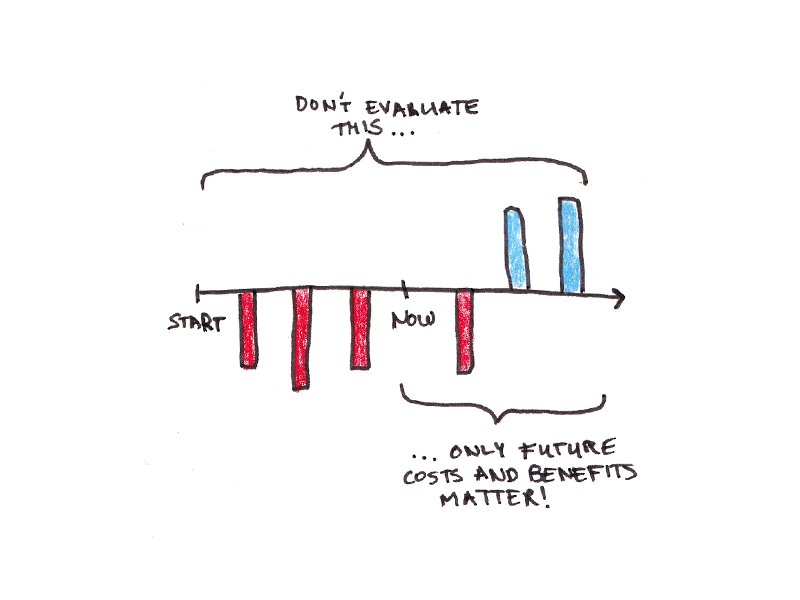

















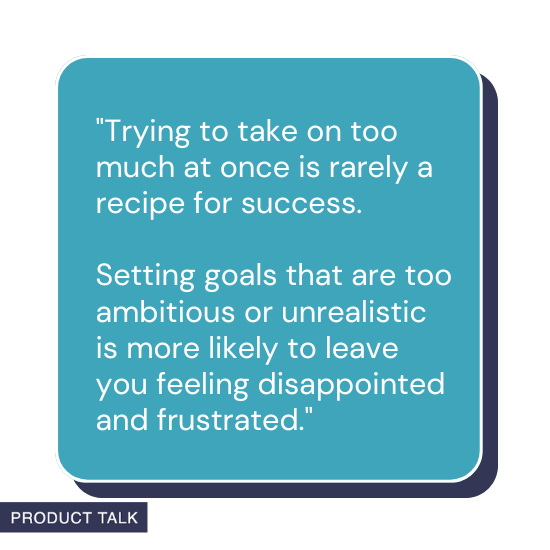

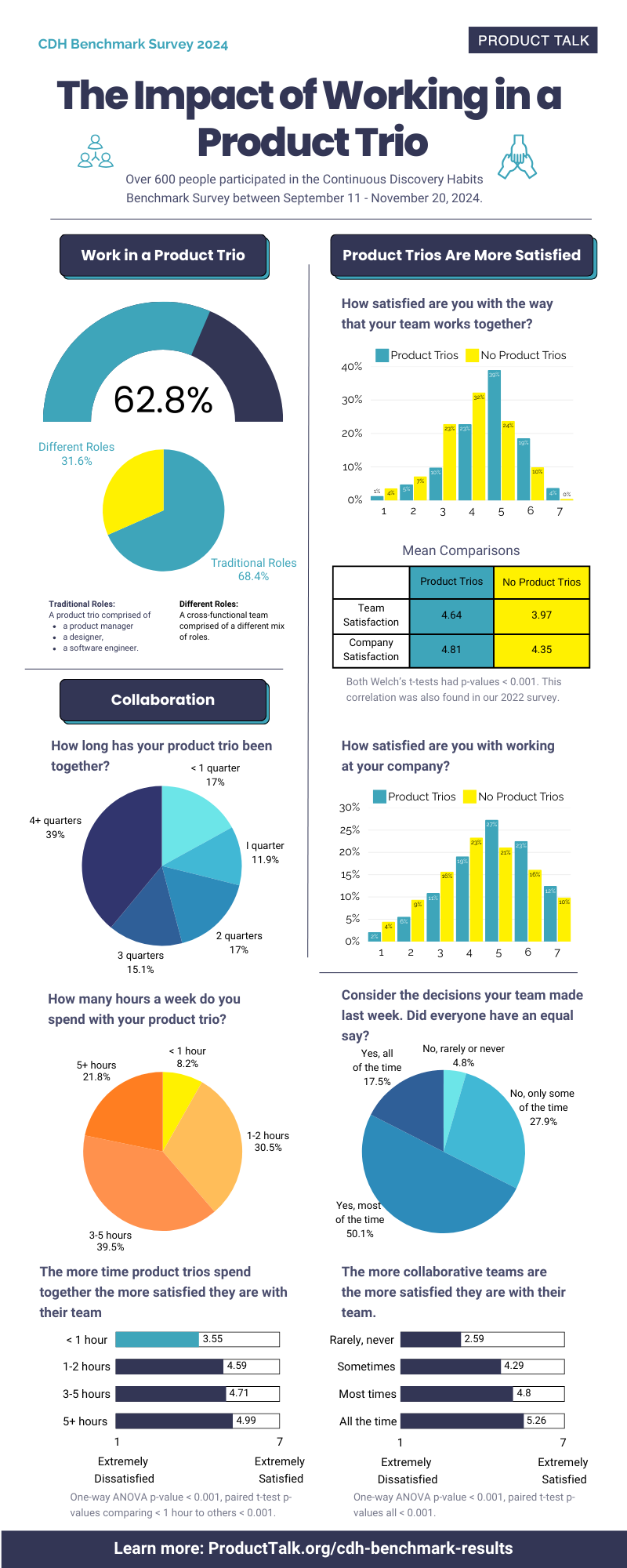














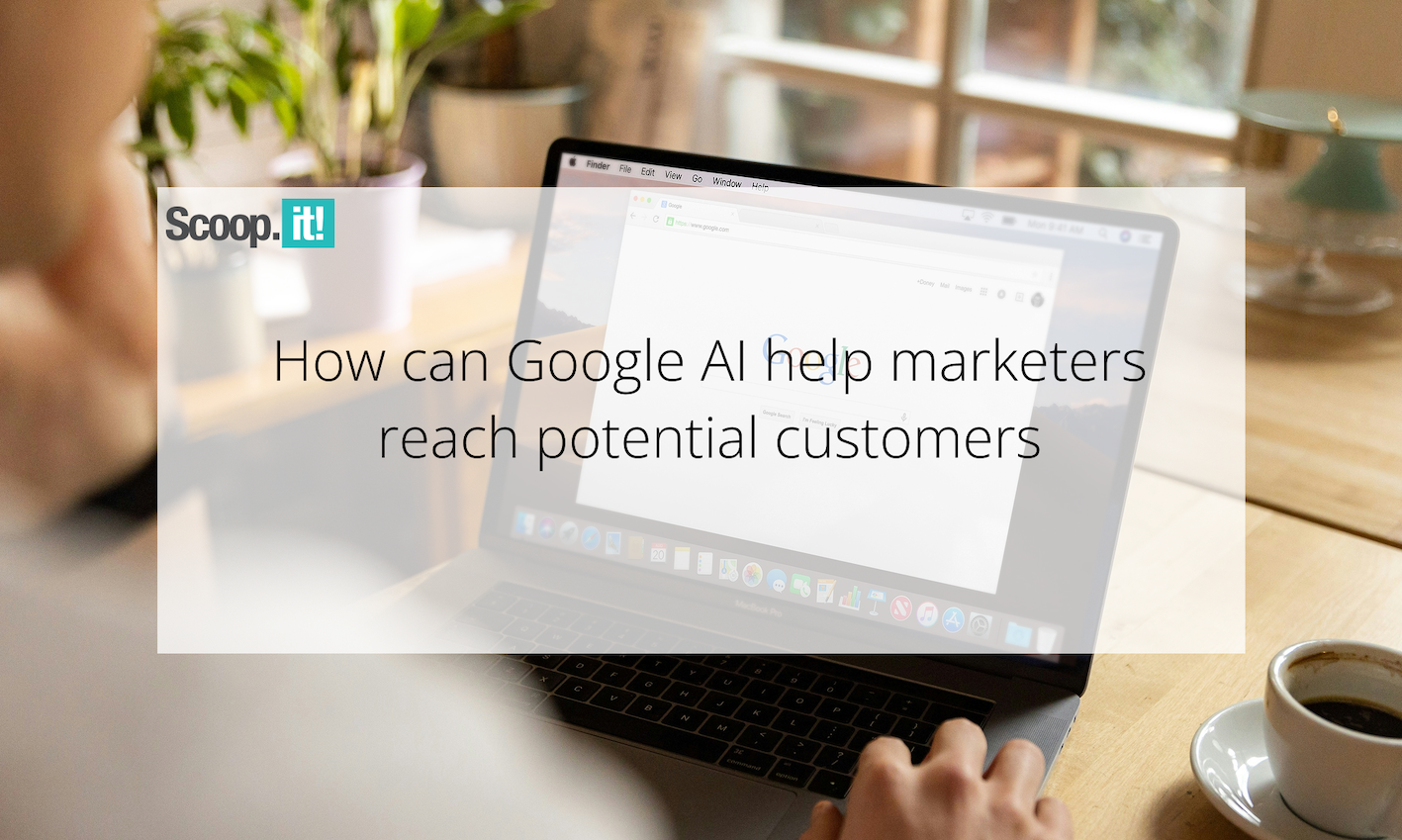
![Building A Digital PR Strategy: 10 Essential Steps for Beginners [With Examples]](https://buzzsumo.com/wp-content/uploads/2023/09/Building-A-Digital-PR-Strategy-10-Essential-Steps-for-Beginners-With-Examples-bblog-masthead.jpg)







